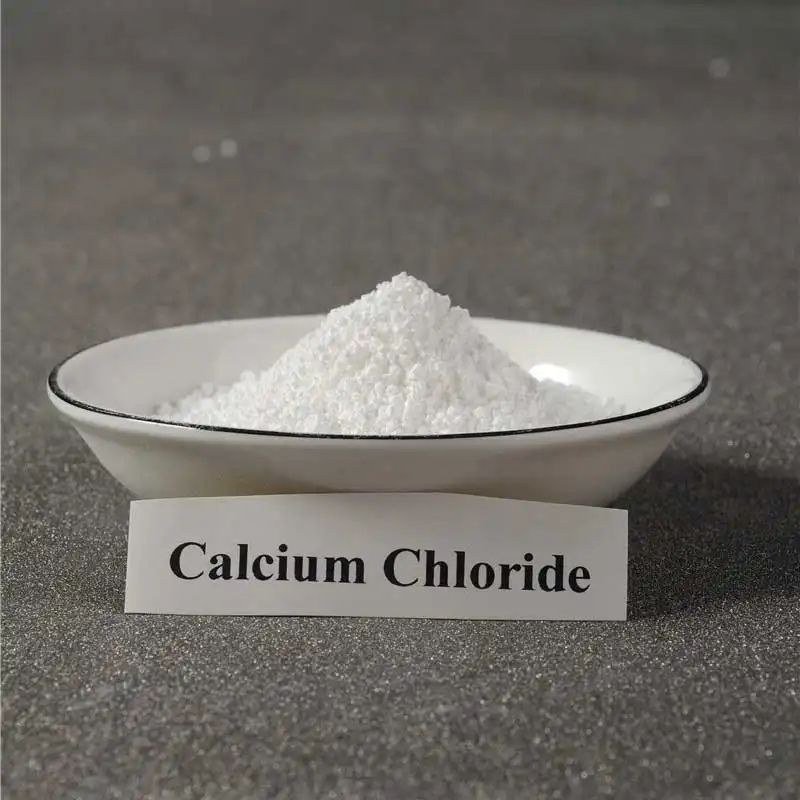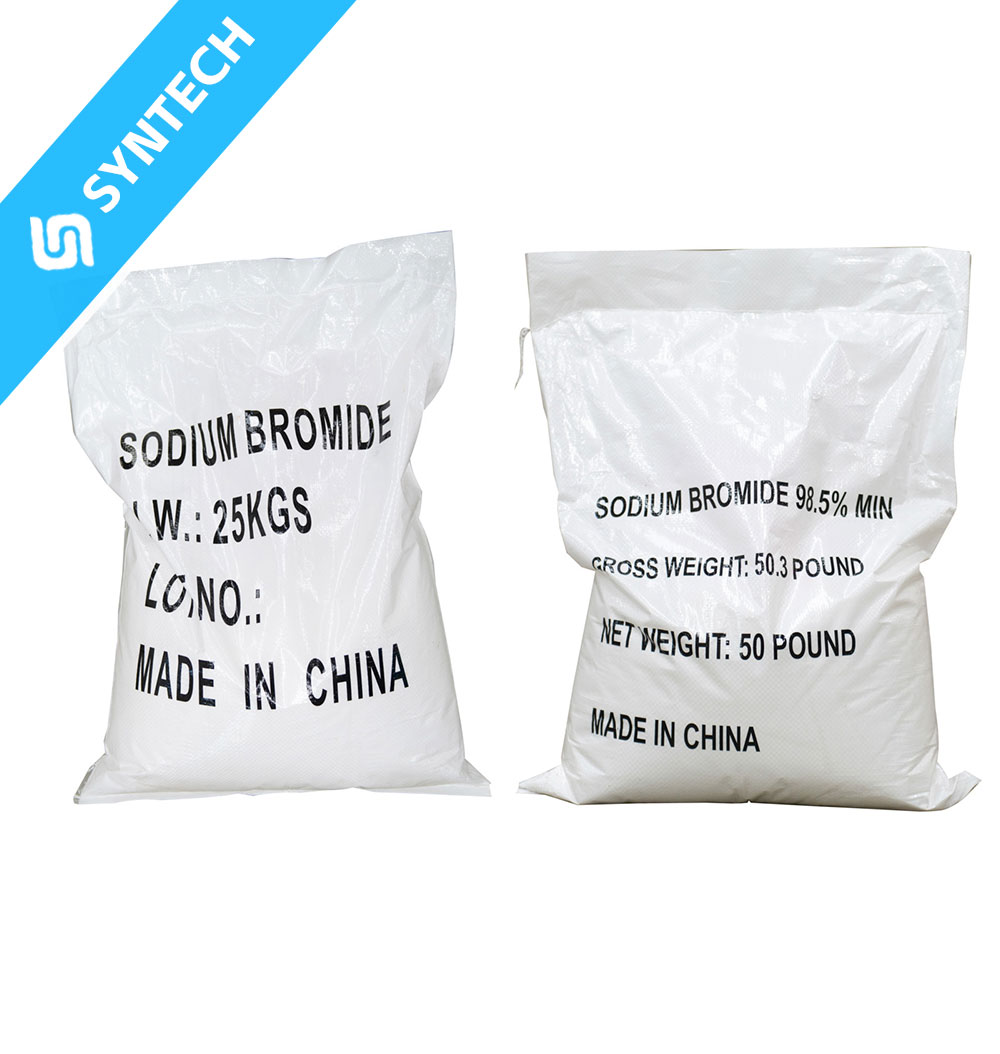Below is a detailed guide on formulating potassium formate (HCOOK) workover fluids, covering composition design, density adjustment, additive selection, and field operation procedures.
1. Basic Formulations for Workover Fluids
(1) Single Potassium Formate System (Medium to High Density)
- Primary Agent:
- Potassium formate (HCOOK, purity ≥92%)
- Dosage: Adjusted based on target density (see table below)
| Target Density (g/cm³) | Potassium Formate (wt%) | Quantity per m³ Water (kg) |
|---|---|---|
| 1.10 | 30 | 300 |
| 1.20 | 40 | 450 |
| 1.30 | 50 | 650 |
| 1.40 | 60 | 900 |
| 1.57 (saturated solution) | 76 | 1300 |
- Additives:
- Corrosion Inhibitor: 0.1–0.5% imidazoline derivatives (e.g., TOFA imidazoline)
- pH Adjuster: 0.05% KOH or Na₂CO₃ (maintain pH 9–10)
- Oxygen Scavenger: 0.05–0.1% sodium sulfite (added before use)
(2) Composite Salt Systems (Cost/Performance Optimization)
- Potassium Formate + KCl:
- Ratio 7:3, density 1.25–1.35 g/cm³, better clay swelling inhibition
- Potassium Formate + NaBr:
- Ratio 1:1, density up to 1.50 g/cm³, suitable for ultra-high-pressure wells
2. Low-Density Workover Fluids (Foam/Gel Systems)
(1) Potassium Formate Nano-Foam Workover Fluid
- Formulation:
- Potassium formate (20%, density 1.10 g/cm³)
- Nano-silica (0.2%, enhances foam stability)
- Foaming agent (0.5% sodium dodecyl sulfate)
- Polymer (0.3% HEC, improves sand-carrying capacity)
- Density Range: 0.8–1.1 g/cm³, suitable for low-pressure depleted formations
(2) Polymer-Viscosified System
- Formulation:
- Potassium formate (40%, density 1.20 g/cm³)
- Xanthan gum (0.4–0.8%, increases viscosity to 30–50 mPa·s)
- Crosslinker (0.05% borax, enhances gel strength)
3. Preparation Process
(1) Step-by-Step Procedure
- Base Fluid Preparation:
- Fill a mixing tank with fresh water (preferably softened) and heat to 40–50°C (accelerates dissolution).
- Dissolving Potassium Formate:
- Slowly add potassium formate powder while stirring (≥60 rpm) to prevent clumping.
- Additive Addition Sequence:
- pH adjuster → corrosion inhibitor → polymer (if needed) → oxygen scavenger (added last).
- Performance Testing:
- Measure density (hydrometer), viscosity (Marsh funnel), and fluid loss (API filter press).
(2) Field Operation Notes
- Corrosion Control:
- If temperature >120°C, add 0.2% high-temperature corrosion inhibitor (e.g., quinoline derivatives).
- Formation Protection:
- Add 1–2% calcium carbonate (CaCO₃, 200 mesh) as an acid-soluble bridging agent.
- Environmental Handling:
- Flowback fluids can be filtered and reused or biodegraded directly.
4. Advantages Over Conventional Workover Fluids
| Performance Metric | Potassium Formate Workover Fluid | Conventional CaCl₂ Workover Fluid |
|---|---|---|
| Density range | 0.8–1.57 g/cm³ | 1.0–1.4 g/cm³ |
| Corrosion rate (mm/yr) | <0.05 (80°C) | >0.2 (80°C) |
| Formation damage | <10% | 20–40% |
| Biodegradability | >90% in 28 days | Non-biodegradable |
5. Application Case Studies
- North Sea Oilfield:
- Used potassium formate (density 1.35 g/cm³) + 0.3% xanthan gum, successfully repaired a high-temperature (185°C) gas well with 95% permeability recovery.
- Chinese Shale Gas Well:
- Potassium formate nano-foam system (density 0.95 g/cm³) reduced fluid loss by 70% in horizontal well cleanout.
6. Troubleshooting Common Issues
- Issue 1: Potassium formate crystallization (low-temperature environments)
- Solution: Add 5% methanol or ethylene glycol as antifreeze.
- Issue 2: Polymer degradation (high temperature)
- Solution: Switch to high-temperature-resistant polymers (e.g., polyacrylamide derivatives).
By optimizing the formulation and following strict operational procedures, potassium formate workover fluids can significantly reduce formation damage and improve operational safety, especially in environmentally sensitive areas. For customized solutions, provide specific well conditions (temperature, pressure, formation sensitivity) for further optimization!






